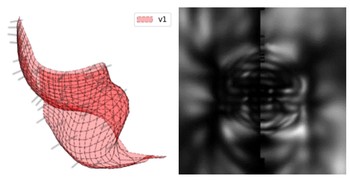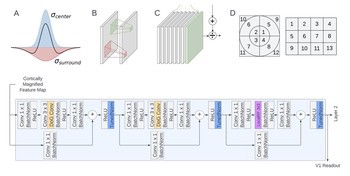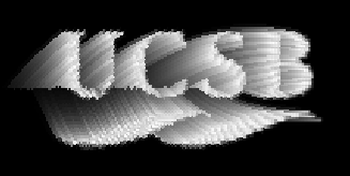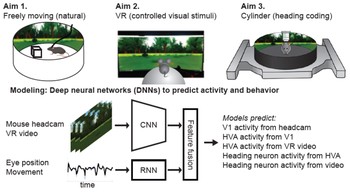We propose the Mouse vs. AI: Robust Foraging Competition at NeurIPS ‘25, a novel bioinspired visual robustness benchmark to test generalization in reinforcement learning (RL) agents trained to navigate a virtual environment toward a visually cued target.
Topic: Computational Neuroscience
Researchers Interested in This Topic
Jacob Granley
Postdoctoral Researcher
Luke Herbelin
Research Assistant
Yuchen Hou
PhD Student
Ryan Klopfenstein
Research Assistant
Jeffrey Liu
Research Assistant
Lucas Nadolskis
PhD Student
Galen Pogoncheff
PhD Student
Marius Schneider
Postdoctoral Researcher
Eirini Schoinas
Research Assistant
Hannah L. Stone
PhD Student
Nora Thomas
Research Assistant
Research Projects
Mouse vs. AI: A neuroethological benchmark for visual robustness and neural alignment
Marius Schneider, Joe Canzano, Jing Peng, Yuchen Hou, Spencer LaVere Smith, Michael Beyeler arXiv:2509.14446
Predicting Visual Outcomes for Visual Prostheses
What do visual prosthesis users see, and why? Clinical studies have shown that the vision provided by current devices differs substantially from normal sight.
NeuroAI Models of the Visual System
Understanding the visual system in health and disease is a key issue for neuroscience and neuroengineering applications such as visual prostheses.
pulse2percept: A Python-Based Simulation Framework for Bionic Vision
pulse2percept is an open-source Python simulation framework used to predict the perceptual experience of retinal prosthesis patients across a wide range of implant configurations.
Cortical Visual Processing for Navigation
How does the brain extract relevant visual features from the rich, dynamic visual input that typifies active exploration, and how does the neural representation of these features support visual navigation?




